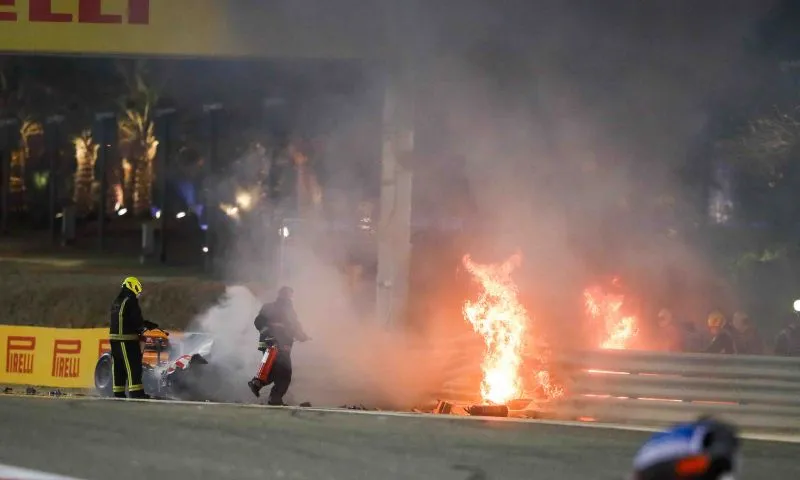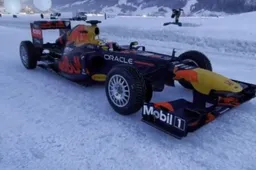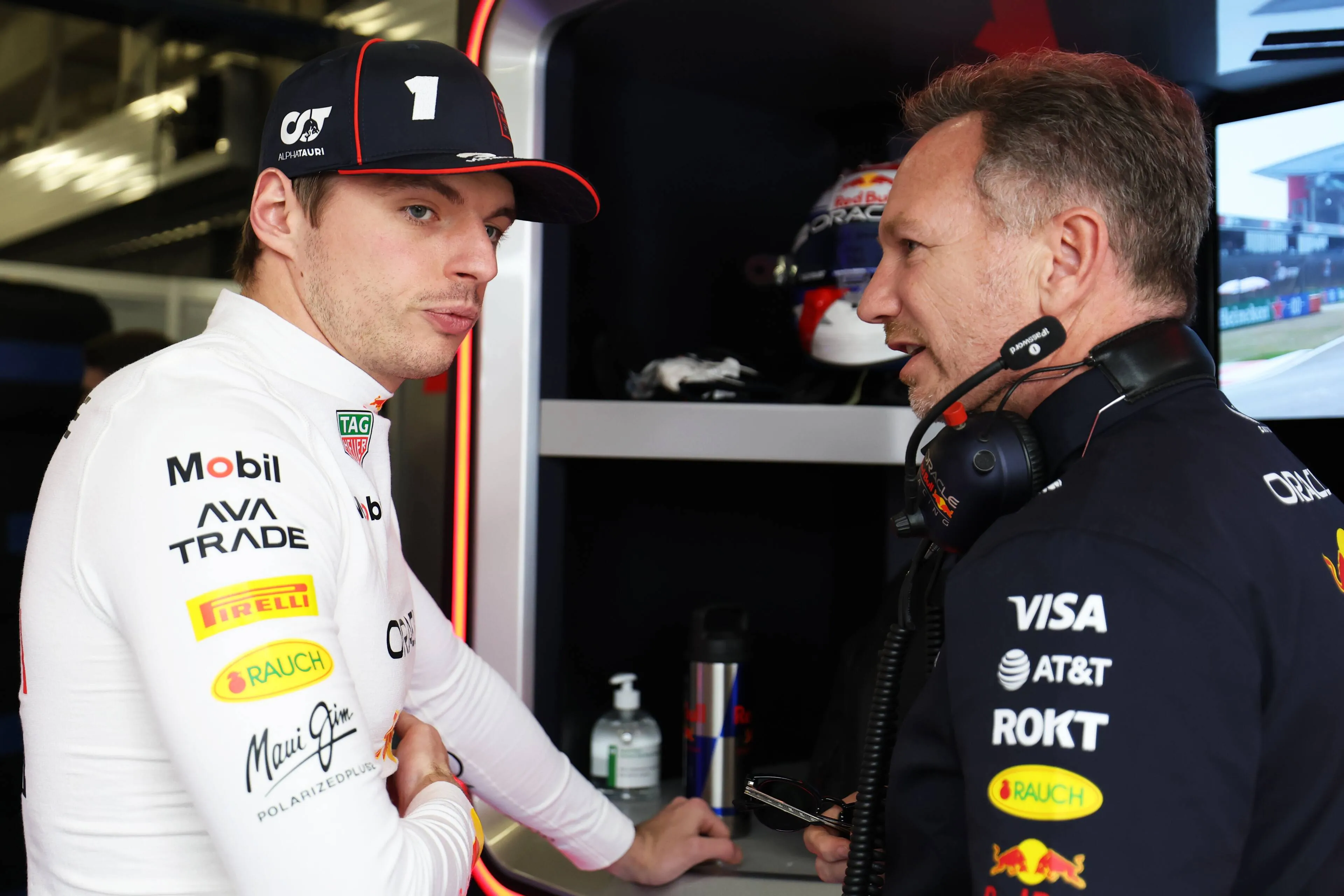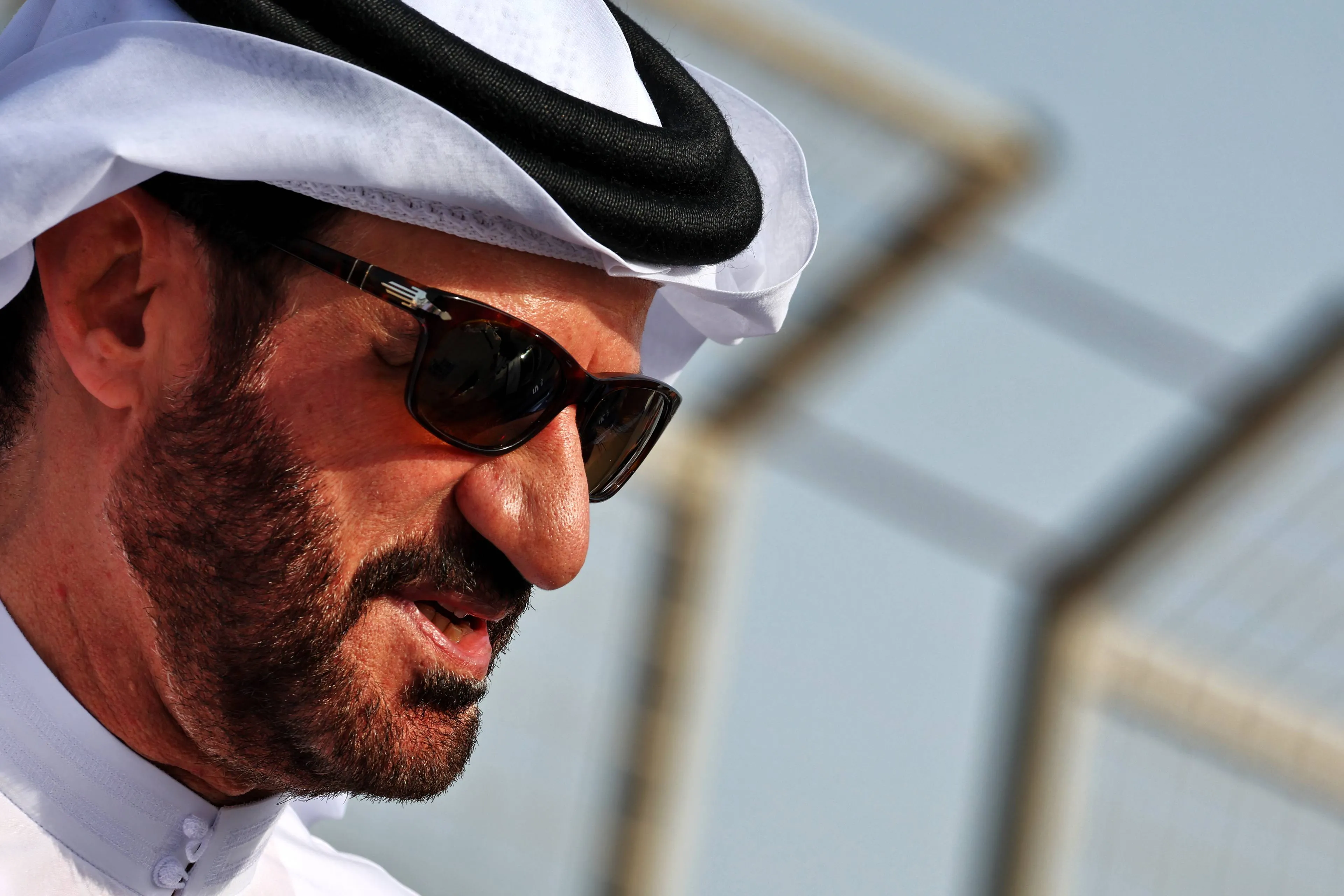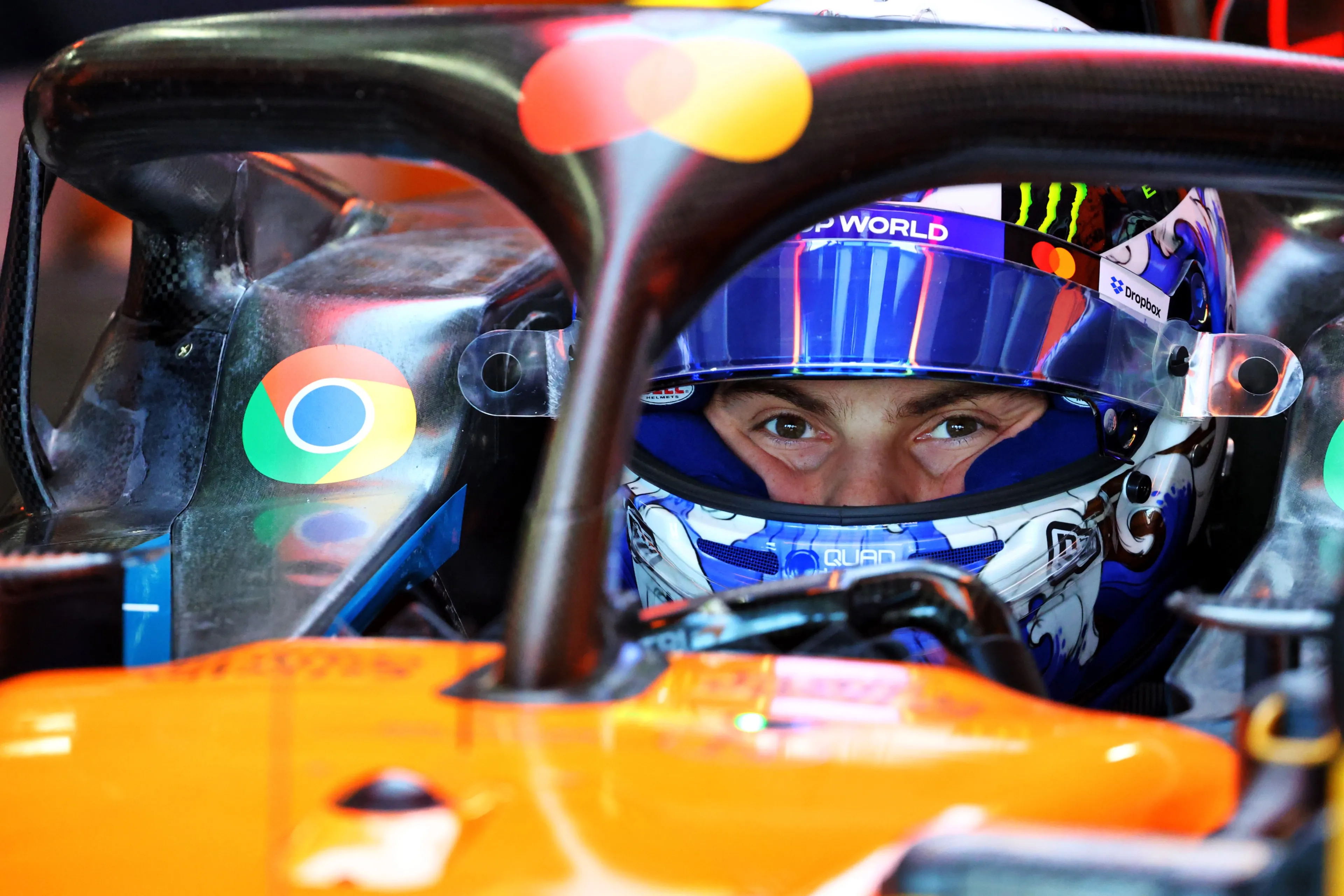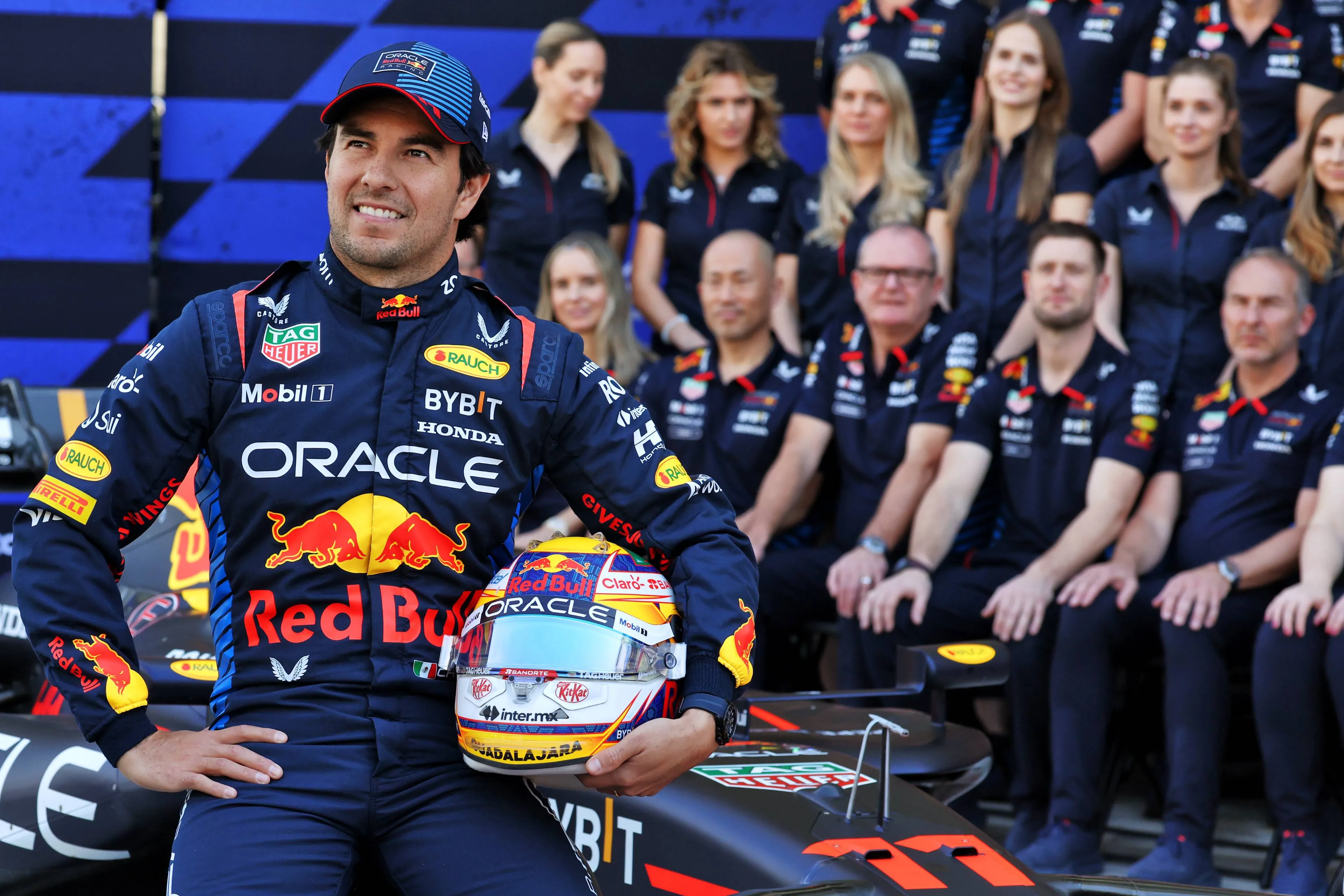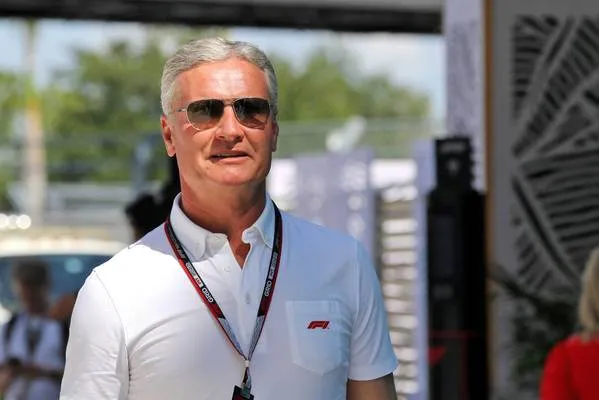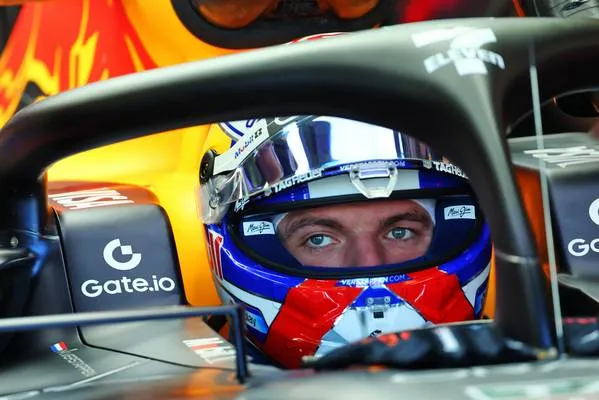An accident in Formula 1 involving fire is a rarity these days, yet the FIA has chosen to better protect the tank in the new cars. One of the reasons for this was Romain Grosjean's violent accident at the 2020 Bahrain Grand Prix.
In 2020, the Formula 1 world was rocked by a very serious accident of Grosjean. The Frenchman crashed into the crash barrier at full speed after which his Haas F1 broke in two. In the process, the fuel tank became so damaged that the part of the car where Grosjean was sitting caught fire. As of 2022, this should no longer be possible.
New measures to reduce risk of fire
Nicholas Tombazis let it be known in conversation with Auto, Motor und Sport that new measures have been taken to better protect the tank and chassis from 2022 onwards. "The teams must show us through calculations that the engine will not pull parts of the chassis with it if it becomes detached from the rest of the car in a severe impact," says the Greek.
According to Tombazis, the fuel tank could be damaged and unprotected in the event of an accident where the engine takes parts of the chassis with it. This would increase the risk of fire, but seems to be a thing of the past thanks to the new measures in 2022.
Read more about:
Popular on GPBlog
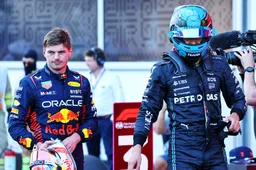
1
'Russell could be leading the title race, but Wolff would still sign Verstappen for the future'
1002 times read
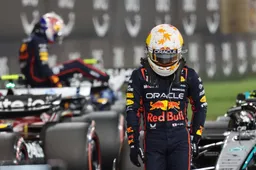
2
Pessimistic Verstappen says Red Bull 'even worse now than we were last year’
597 times read

3
Vettel thinks it is "very possible" that Red Bull and Verstappen "can turn 2025 around"
539 times read
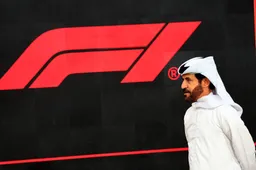
4
Is Mohammed Ben Sulayem at risk of a challenger?
538 times read
